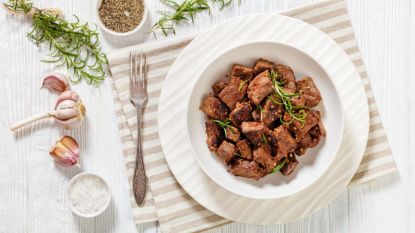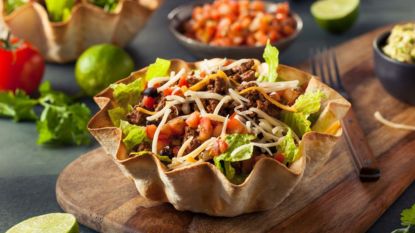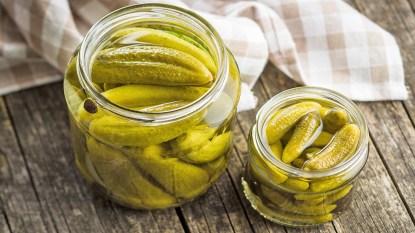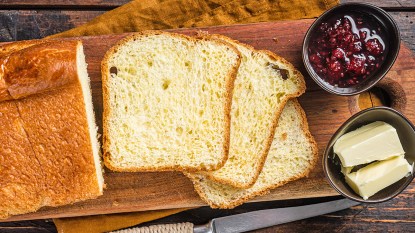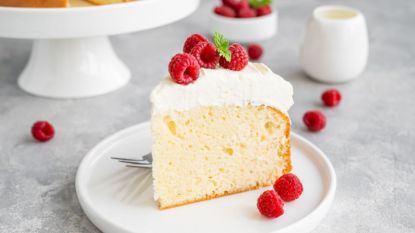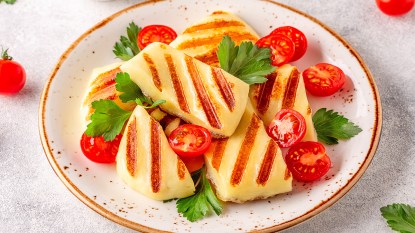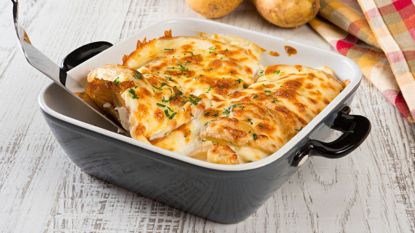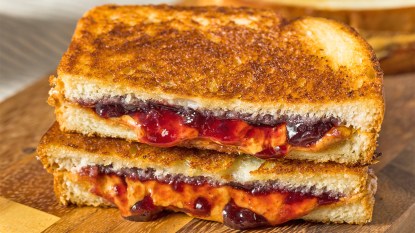How to Prep, Cook, and Store Pumpkins This Season
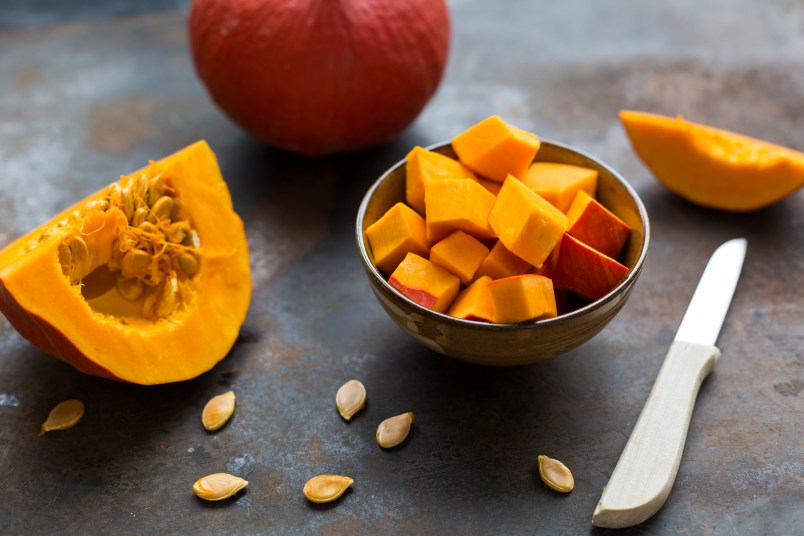
Low in calories but rich in Vitamin A and dietary fiber, pumpkins are a delicious addition to everything from pastas to soups, salads, and even desserts. It’s fair to say that pumpkins have an impressive resume, but we’ll let you in on a secret: like grapes, pumpkin is grown on a vine which technically, makes it a fruit!
Pumpkin has been cultivated for more than 5000 years. The increasing popularity of Halloween has also created a spirited pumpkin season devoted entirely to producing species perfect for carving into jack-o-lanterns. Here’s how to grow, prep, and cook pumpkins to perfection!
Growing and Storing Pumpkins
Pumpkin doesn’t like frost and needs a warm soil temperature of about 70 degrees Fahrenheit to germinate. Pumpkins are usually harvested in October, and are cured in the sun for a few days so that the skin hardens. Once they have cured, they are then stored on hay in the farm shed. Fun fact: the longer a pumpkin is stored, the sweeter the taste.
Once you’ve selected the perfect pumpkin, store it whole in a cool, dark, well-ventilated place.
When you cut into a pumpkin, remove the seeds and stringy pulp. Then keep the remaining pumpkin in an air-tight container and store it in the refrigerator.
Choosing a Pumpkin
Pumpkin comes in a vast array of shapes, sizes, colors, and patterns. Buy fruit that is heavy for its size, is firm, has undamaged skin, and has some stalk still attached.
How to Prepare Pumpkin
Pumpkin can be roasted whole, or cut up and cooked with skin on. Otherwise, cut into sections, remove skin, scoop out seeds and inner fiber, and proceed with your recipe.
Some cooks prefer using a serrated edge knife and a see-saw action, others a large chef’s knife, inserting the point and using a decisive downward thrust to cut into small, manageable pieces. Use a chopping board that is stable and larger than the pumpkin.
Because the hard-skinned varieties are difficult to handle, there’s been a move toward smaller, thin-skinned varieties such as butternut squash. Each variety has a subtle difference, from density, which affects how smoothly they’ll puree, to their water content and sugar levels.
This article originally appeared on our sister site, Homes to Love.
More From Woman’s World
This Gut-Boosting Pasta Alternative is Low Carb and Tastes Like the Real Thing


